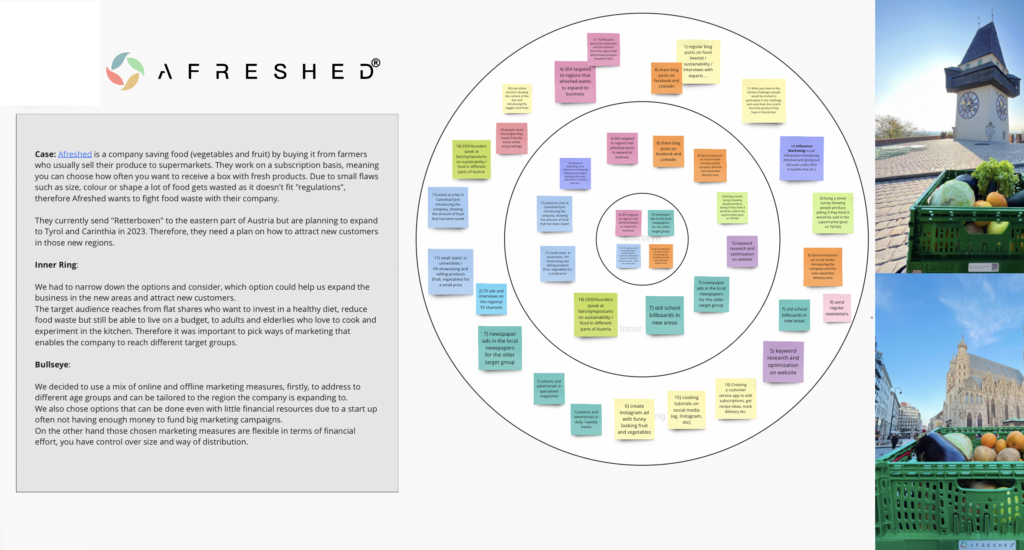In the digital age, content marketing and journalism have emerged as two powerful tools for businesses and media outlets to engage their audiences. While they have distinct purposes and approaches, there exists a unique opportunity to connect these two disciplines for mutual benefits. Content marketing aims to promote products or services subtly, while journalism focuses on delivering unbiased and credible information to the public. By blending the principles of journalism with the strategic elements of content marketing, organizations can create compelling and authentic content that resonates with audiences while maintaining ethical standards.
One of the core principles of journalism is credibility. Journalists rigorously verify their sources and maintain a high standard of accuracy and fairness in reporting. To connect content marketing with journalism successfully, brands must adopt a similar commitment to credibility and transparency. Providing well-researched, accurate, and fact-checked information builds trust with the audience, elevating the brand’s reputation as a reliable source of information.
Contents
Honesty in Marketing is key
Companies should also be transparent about their intentions, ensuring that promotional content is clearly identified as such. This honesty helps audiences distinguish between journalism and marketing, fostering a sense of trust and loyalty to the brand. When content marketing is used to mislead customers and false, glorified information is spread, it can be highly damaging for the trust relationship between customer and brand. Using beautiful storytelling to conceal facts can often backfire.

This happened recently, when journalists exposed a renowned Austrian jewellery brand called Bruna. They were marketing their products as high quality, handmade and sustainable. A magazine published an article about their research on the brand, which then went viral on social media, The brand was forced to implement crisis management but has failed to convince customers that the allegations were false.
Ethical Storytelling in Marketing
Storytelling in general is a powerful tool shared by both journalism and content marketing. In journalism, stories captivate readers and create empathy, while content marketing employs narratives to engage and convert potential customers. To connect these two practices, ethical storytelling becomes essential.
Ethical storytelling in content marketing involves presenting narratives that are genuine, relatable, and emotionally resonant, without manipulating facts or deceiving the audience. By following journalistic principles of balanced reporting and avoiding sensationalism, content marketers can create authentic narratives that align with the brand’s values and resonate with their target audience.
Think About the Audience’s Needs
Journalism and content marketing can both succeed when they put the audience’s needs at the forefront. Understanding the target audience’s preferences, pain points, and interests allows for the creation of content that is relevant and valuable. By merging journalistic research skills with content marketing strategies, organizations can craft content that educates, entertains, or informs the audience while subtly promoting their brand.
This approach ensures that the content provides genuine value to the readers, leading to increased engagement and brand loyalty. Content marketing frameworks such as the bullseye can help identify which content really matches a company’s and their audience’s needs perfectly. This was also mentioned in Robert Weller’s course about Content Marketing within the Master’s program Content Strategy. A bullseye framework can additionally be used by small businesses as well as it doesn’t require a huge marketing team.
Below you can see an example for a bullseye framework my colleagues and I did for this class. We chose an Austrian company that sells subscriptions for food boxes containing vegetables and fruit that would otherwise go to waste as it doesn’t fulfil EU-standards in terms of size and looks. You work your way from the outer ring with many marketing suggestions towards the inner ring where the content marketing options remain that make the most sense for both company and audience.

Example for a Bullseye Framework for Afresh
Integrate Long-Form Content & Ask Journalists
Traditional journalism has long been associated with in-depth investigative reporting and long-form storytelling. While content marketing often emphasizes brevity for quick consumption, connecting with journalism encourages brands to invest in more substantial and thought-provoking content. Long-form content allows companies to delve deeper into topics that resonate with their audience, establishing authority and credibility in their respective industries. This approach may not yield immediate returns, but it can strengthen the brand’s position as a reputable source of information, ultimately benefiting its content marketing efforts.
To bridge the gap between content marketing and journalism, brands can collaborate with journalists and industry experts. Journalists bring their experience and journalistic rigor to the table, enhancing the credibility and quality of the content. Partnering with renowned figures in the industry also adds authority to the brand’s content, attracting a larger audience and potentially garnering media coverage.
